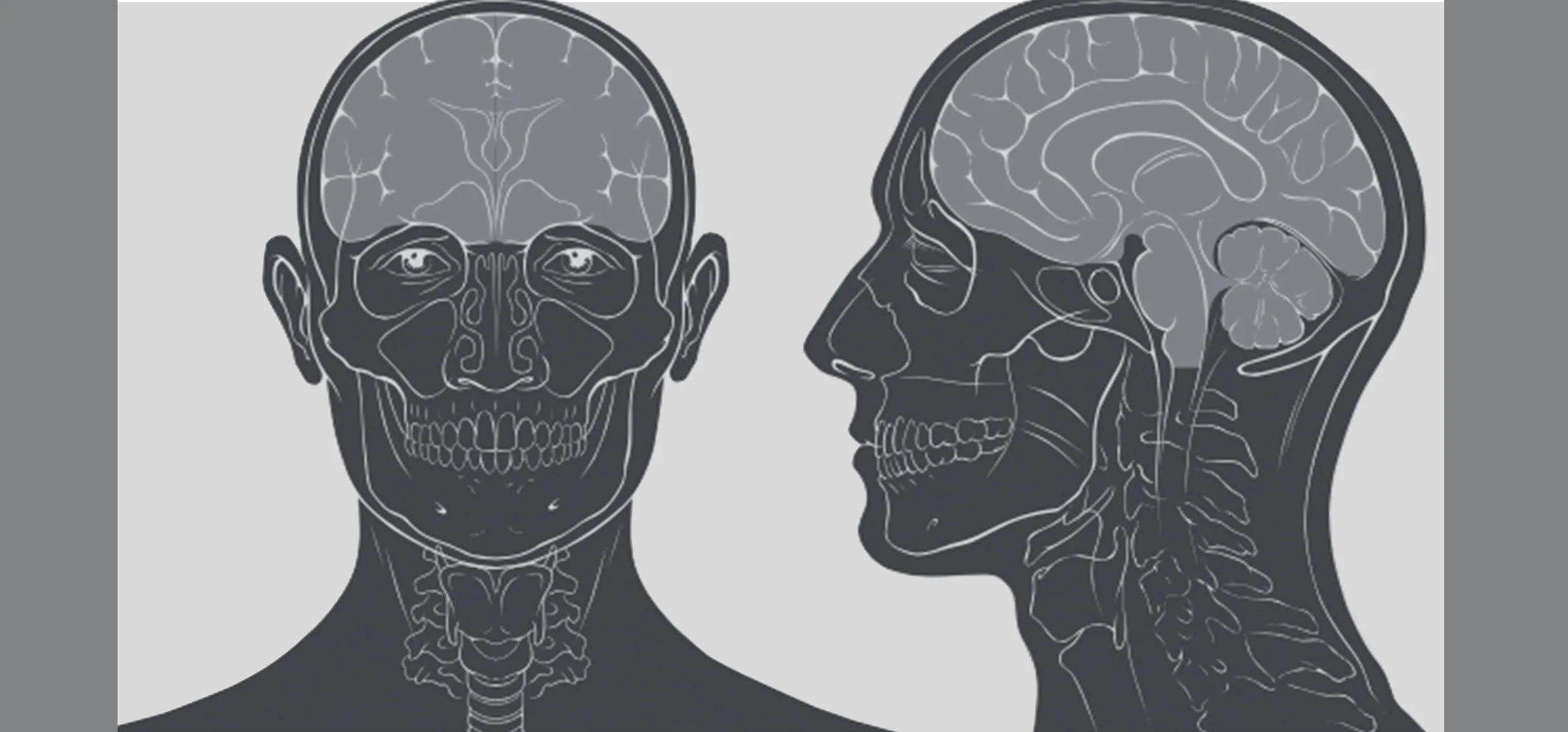Banner by Matt Stoss
Real Life Frankenstein: Human Head Transplants
by Nicholas Rosa
Since Mary Shelley’s Frankenstein, society has been fascinated with the macabre. Today’s sensationalized media only amplifies this mania. When neurosurgeon Dr. Sergio Canavero, otherwise known as Dr. Frankenstein, announced that he had completed the world’s first successful human head transplant, he was met with mixed public reaction; while critics referred to him as a mad scientist and an unethical liar, his supporters lauded him as a pioneer of surgery and a hero to mankind.
With his successful 22-year career at University Hospital Turin, Canavero was not afraid to push boundaries with his radical ideas. Facing European and American ethical opposition for his dedication to find a viable way to transplant human heads, he left Italy for China’s Harbin Medical University. Despite little acceptance from the medical community at large, he and Harbin-based surgeon Dr. Xiaoping Ren pressed on innovating their own procedure. After Ren successfully conducted a rat head transplantation, the duo quickly moved on to human cadavers. Over 18 hours, they connected one cadaver’s head to another’s spinal cord, nerves and blood vessels.
On Nov. 17, 2017, news broke that Canavero had performed the first successful human head transplant in medical history. Because these were cadavers, we will never know if this procedure will sustain life until attempted on living humans. To pilot this idea, Valery Spiridonov, who lives with the degenerative Werdnig-Hoffman syndrome affecting his muscles, has volunteered to be the first patient, although his skepticism is not to be understated.
Understandably, there are many ethical concerns in head transplant research. The first true experiments of the kind were performed in the 1960s by Dr. Robert J. White who attempted to transfer vascular systems between dogs and, later in his work, monkeys. Although White was able get these animals to eat, blink and track images, they required extensive mechanical assistance to function properly. Even with assistance, many died within days. Eventually, animal rights activists’ vehement protests against such experiments led head transplant research to become highly taboo. Shunned by society for the rest of his life, White was nicknamed Dr. Butcher and was once gifted a replica of a severed human head. Given the public outcry, surgeons of his time decided not to take their chances. In fact, it was not until Canavero and Ren that the idea was ever tackled again.
Along with the rest of civilization, the medical world has always been driven by risk, pioneers and controversy. While the potential of success or failure has pushed society toward the future, we must ask ourselves what risks we are willing to take to improve the lives of our contemporaries. What constitutes progress? And what is too far?
